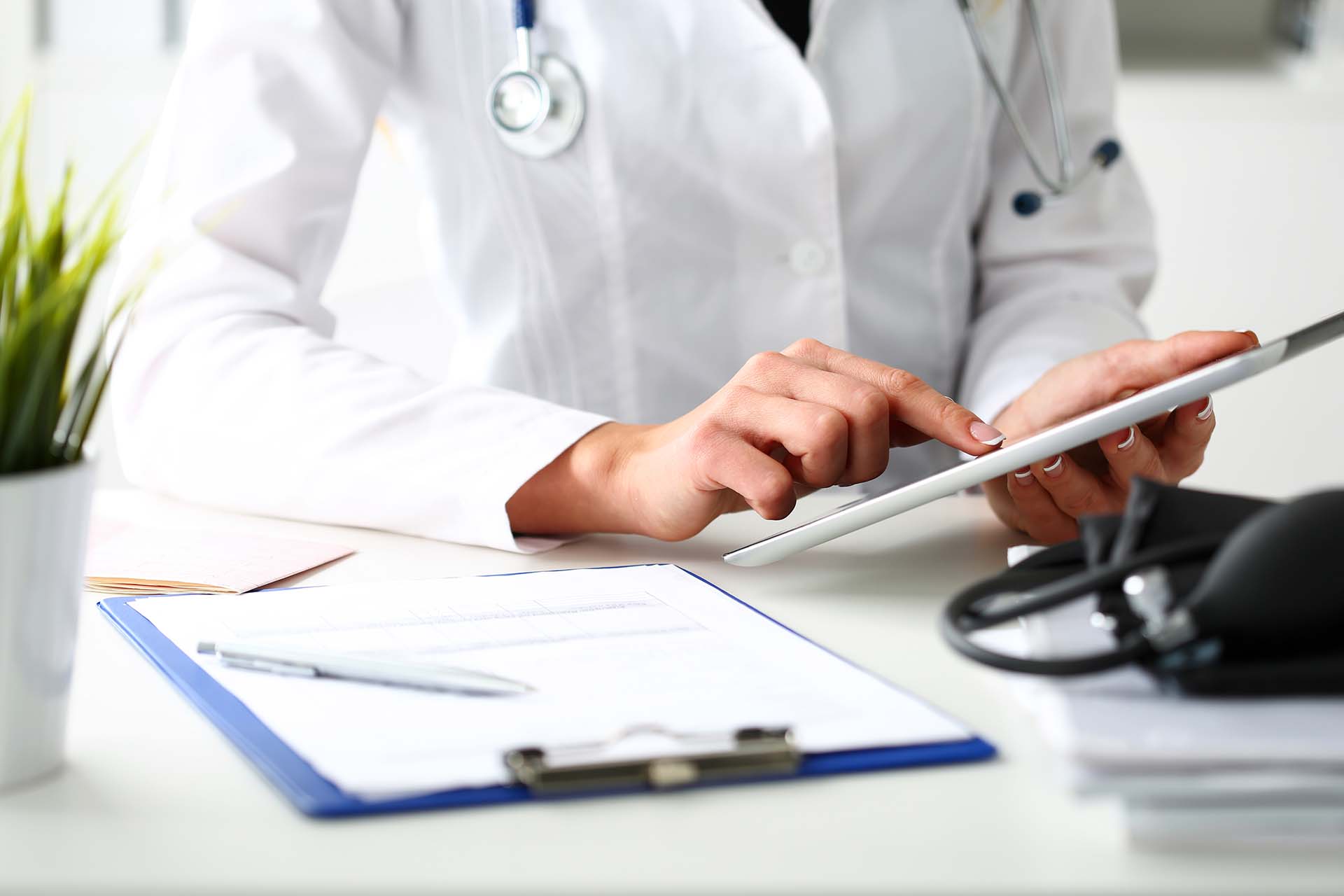Building Resilience to Misinformation
December 8, 2020 | Evidence in Integrative Healthcare

The COVID-19 pandemic has caused an immense amount of stress and upheaval – affecting daily routines, social structures, work environments, family life, living situations, financial stability, and coping mechanisms – and has ultimately resulted in the profound loss of life. An invisible enemy can be lurking in someone who appears perfectly healthy, and the consequences of infection may not be directly apparent, but only indirectly when the virus is passed on to a more vulnerable individual. Constant vigilance of handwashing, social distancing, and mask-wearing is also taking a toll.
These types of risks and long-term stress are not naturally well-tolerated or rationally understood. It is only by virtue of modern science that the scope and threat of this virus can be understood; however, even this is limited to a statistical language that requires a degree to fully appreciate. General levels of anxiety and feelings of ambiguity and distrust are rising and spreading in the community. Misinformation, once limited in scope, has now caught alight. It is threatening the lives – and sometimes taking those – of followers and people around them.
It is a most important point to remember is that as a people, we are doing the best we can, interpreting the world and the meaning of these changes through a lens of our experiences and beliefs. It is difficult to make sense of the meaning of this pandemic given the complex and permeating change it has caused. It is human nature to look for an equally complicated cause of such a change, to reject a simple explanation that seems disproportionate to the destruction, and to fight for some semblance of personal choice and control.
Misinformation is not fought with facts, arguments, shaming, or threatening. A path to understanding each other is through empathy and compassion. It is by building trust. There is an inherent power differential in the provider-patient relationship; the therapeutic alliance that is built on a foundation of trust and intentions that are in the best interest of the patient. It is the duty and responsibility of the provider to acquaint themselves with accurate information, critically evaluate sources of information, establish strategies for identifying misinformation, and limit themselves from exposing patients to misinformation.
The following are resources to better understand the spread of misinformation, its identification, and how to make a meaningful difference.
- Wardle, C., PhD. Conspiracies, Rumors and Falsehoods: The truth about why the Infodemic is so dangerous and what we can do about it. in First WHO global infodemiology conference. June 29, 2020. https://youtu.be/j1G5B8j5UG8.
- Rosenbaum, L., M.D., Tribal Truce — How Can We Bridge the Partisan Divide and Conquer Covid? N Engl J Med, 2020. 383(17): p. 1682-1685.
- WHO. Coronavirus disease (COVID-19) advice for the public: Mythbusters. [cited November 30, 2020]; Available from: https://www.who.int/emergencies/diseases/novel-coronavirus-2019/advice-for-public/myth-busters.